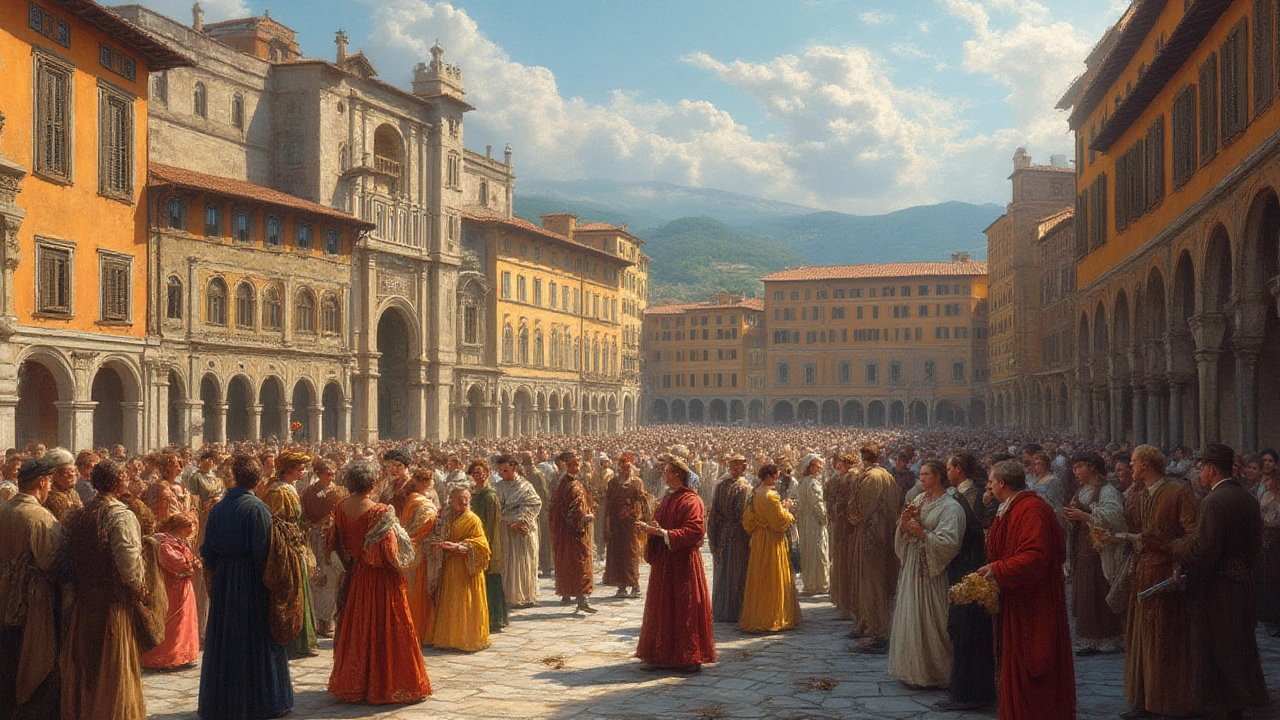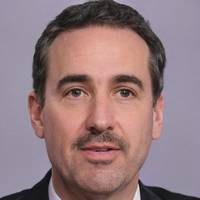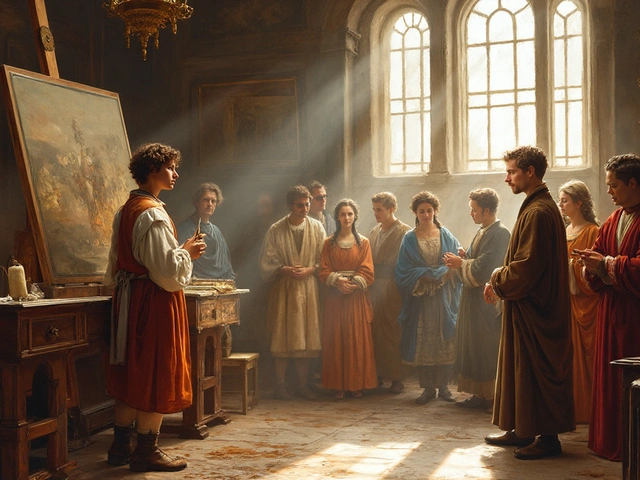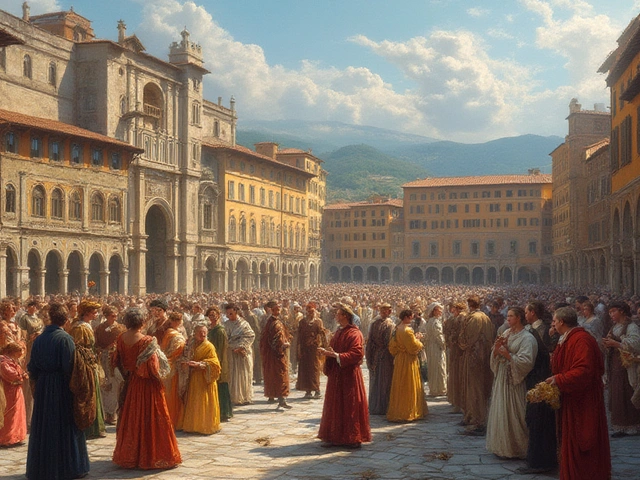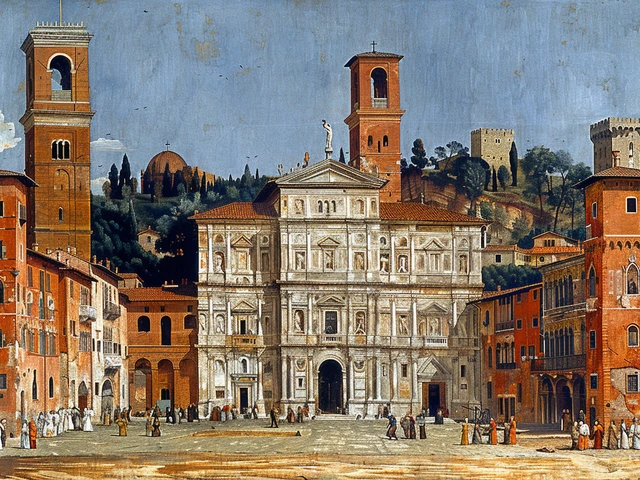Did you know that a simple sketch of a flying machine by Leonardo da Vinci still inspires engineers today? That’s the kind of wild, creative energy you’ll find in the Renaissance—a time when people broke the rules, challenged traditions, and turned the world upside down with new ideas. Forget stuffy lectures and boring date-memorizing; this was more like a wild brainstorm that lasted almost 300 years. Artists, architects, and thinkers didn’t sit quietly in dim rooms—they competed, argued, and sometimes got a little wild all in the name of progress. And what came out of that chaos still shapes our lives in ways nobody really expects.
What Was the Renaissance, Really?
Picture Europe around 1350: most people never left their town, and people looked up to the church as the only source of knowledge. Along came a movement that basically said, “Let’s think for ourselves.” That’s the Renaissance in a nutshell, and it means “rebirth” in French. Why rebirth? Because folks in cities like Florence and Venice wanted to bring back what they saw as the golden age of Greece and Rome—full of learning, art, and open minds. Instead of only religious stories, artists painted everyday life, wild landscapes, or even put a funny wink into a stained-glass saint. People got obsessed with old books and dug up ancient statues in their own backyards. Trading cities like Florence grew richer and more powerful, so local families—think of the Medici clan—started pumping money into art and science instead of just castles and wars.
The famous Black Death killed millions, but some argue it actually freed up land and wealth, which meant more opportunities for survivors. In Florence, competition between talented artists exploded. If you were an artist and wanted commissions, the pressure was fierce. In the notorious 1504 showdown, Michelangelo and Leonardo da Vinci were hired to paint rival murals in the same room. Almost every aspect of the Renaissance involved this hunger for prestige and creativity.
Ideas moved fast. When Johannes Gutenberg invented his printing press in the 1450s, books went from hand-written treasures to mass-produced game-changers. Literacy crept up. New discoveries started to challenge what the church taught, and suddenly, the sky wasn’t the limit. Copernicus argued that the sun—not the earth—was the centre of the universe. People travelled further and found new continents. Old maps became out of date overnight.
Think of Florence as the Renaissance’s “Silicon Valley.” That’s where everything kicked off: the money, the rivalries, and the creative explosions. But the action quickly spread—Venice had its own vibe, as did Rome, Milan, and eventually cities outside Italy. Imagine ideas bouncing from city to city—every place put its own twist on what the “rebirth” should be.
Key Players and Wild Ideas
If there was ever a “who’s who” of geniuses, the Renaissance had it. The most famous? Leonardo da Vinci. He painted the Mona Lisa, sure, but he also dissected cadavers in secret to learn about anatomy and filled thousands of pages with drawings of helicopters, tanks, and robots. Then there’s Michelangelo, whose statue of David is still so realistic, people swear he could step off his pedestal at any moment. Michelangelo also got stuck painting ceilings (literally) in the Sistine Chapel, and grumbled about it the whole time. These guys were competitive, took on enormous challenges, and genuinely thought art could make the world better.
Raphael brought emotion and harmony into his paintings, and Botticelli got his paintings burned in a bonfire—right in Florence—when the local priest got grumpy about all the ‘unholy’ art. Don’t forget the Medici family; they were the ultimate art sponsors. They saw funding artists and thinkers as a way to show off their power—sort of like a billionaire funding space rockets to prove a point.
Writers and thinkers, or “humanists,” played a different but just as important game. Petrarch—one of the first humanists—said people should study classics, think for themselves, and celebrate being human instead of just worrying about the afterlife. Machiavelli, another Florentine, wrote “The Prince,” a book so controversial about power that parents still joke about hiding it from their kids. Ideas were contagious—Erasmus in the Netherlands, Thomas More in England, and later even Shakespeare borrowed wild amounts of inspiration from Renaissance ideas.
It wasn’t just about art and books. Engineers like Filippo Brunelleschi designed Florence’s famous duomo dome, which was bigger than any dome built since ancient Rome, and did it with math, grit, and a fair bit of bravado. Doctors started to actually examine bodies, improving medicine, while explorers like Columbus and Vasco da Gama (with a lot of luck, and sometimes bad maps) sailed into totally unknown oceans.
Here’s a quick table of Renaissance superstars with a few impressive facts:
| Name | Main Achievement | Fun Fact |
|---|---|---|
| Leonardo da Vinci | Mona Lisa, The Last Supper | Sketched the first parachute and helicopter concept |
| Michelangelo | David statue, Sistine Chapel | Preferred sculpting to painting; called himself a ‘sculptor’ |
| Filippo Brunelleschi | Florence Cathedral Dome | Invented machines just for dome building |
| Raphael | The School of Athens | Loved painting philosophers and Greek gods together |
| Petrarch | Humanism | Collected ancient Roman texts obsessively |
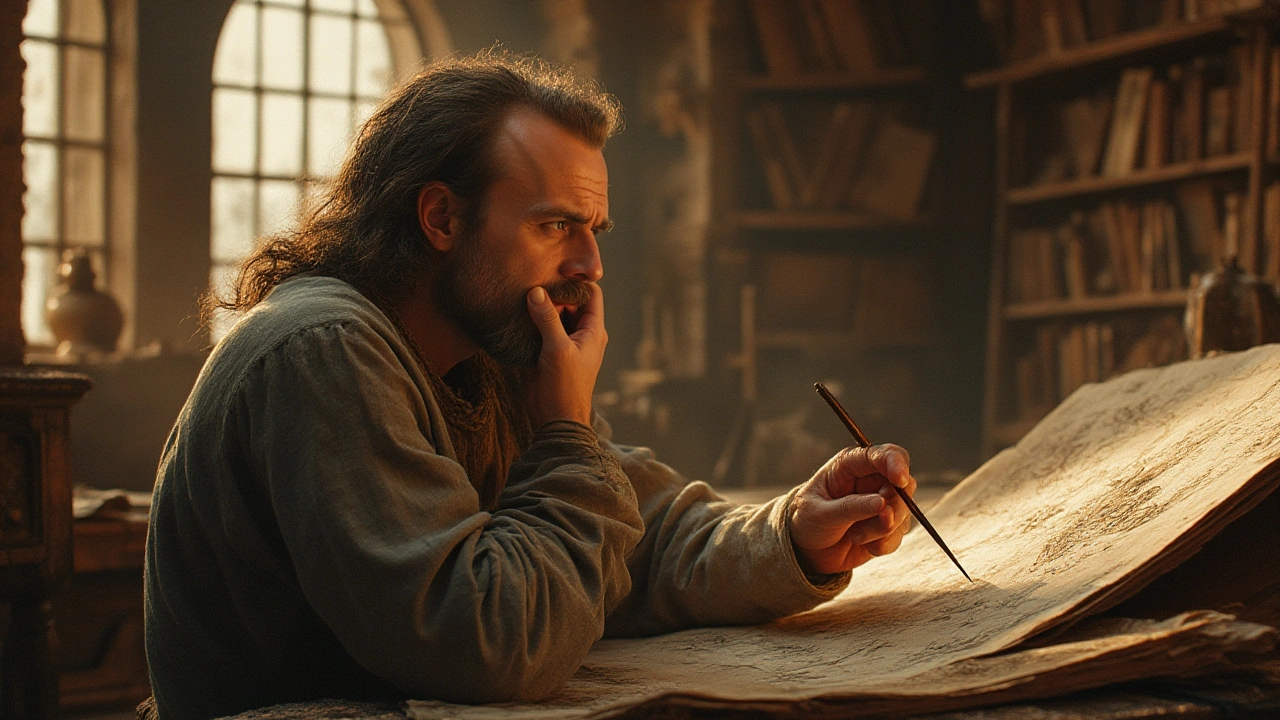
Everyday Life in Renaissance Cities
So what was day-to-day life actually like as the Renaissance heated up? For city folk in Florence, Venice, or Milan, life bustled. The street markets buzzed with traders—spices, oranges, and silks from faraway lands. Huge cathedrals loomed over tiny, crowded alleys, and almost everyone was religious (though some secretly read banned books). Young men trained as apprentices for years, hoping to join a guild—sort of like a well-connected club for craft and trade. Cities were loud, sometimes chaotic, and packed with rumors. Gossip about artists or scholars made the rounds as fast as today’s tweets.
For a lot of people, life was still tough: poor sanitation, periodic disease, and pretty basic food. But if you had the right connections, you could make it big—sometimes by skill, sometimes by charm, and often by family ties. Kids didn’t go to ‘school’ like we think of it now, but rich boys (and sometimes girls) might get lessons in Latin, math, music, or even chess. If you wanted to “make something of yourself,” climbing the social ladder was part luck, part hustle, and a whole lot of talent. Street performers sang catchy love songs. Carnivals and festivals gave everyone a break from the grind. Cities grew richer, and this led to the first major bank systems (the Medici Bank was a big deal), insurance contracts, and even risky investments in expeditions or new inventions.
Architecture changed everything about city skylines. Sturdy, gloomy fortresses started to look more like palaces. Instead of tiny, stained-glass windows, people used bright, clear glass that let in tons of light. The insides of wealthy homes exploded with color—open courtyards, gardens, and even indoor fountains. This was a huge shift from the old ‘keep it dark and thick, we’re scared of invaders’ style.
Fashion got a wild makeover. Bright colors (think pink tights for men) became status symbols. Ladies wore towering headdresses and flowing gowns, while couriers sprinted through streets with tight-fitting velvet or silk. If you visit Florence today, some buildings still have iron rings from those horse-riding, fashion-loving citizens.
Food improved too. The new trading routes meant lemons, sugar, and even cacao for chocolate drinks arrived in ports. Cooks got creative in wealthy kitchens. If you were lucky, you might get a taste of exotic spices or marzipan sculptures at a banquet.
When plague or trouble struck, people held on to rituals and religion but also got creative—some gathered to read poetry, and others escaped into wild parties. The spirit of “why not try something new?” seeped into daily life, art, and even politics. City festivals included public debates, shows, and races that drew crowds from all social backgrounds.
Why the Renaissance Still Matters—And How to Explore It
So, why should anyone in 2025 care about the Renaissance? Here’s the thing: most of what we value in modern Western society—art, scientific thinking, individuality, exploring new places—got its turbocharge in this era. From Florence’s factories producing silk to the first official patent laws in Venice (created to protect inventors’ ideas), the foundations for start-ups and creative industries began here. Modern medicine, banking, and universities owe a lot to Renaissance trailblazers who refused to stick to the old ways.
If you love invention, imagine geeky designers using trial and error to make Florence’s duomo stand without collapsing—without any steel, and defying what earlier architects said was impossible. If you care about creativity, remember painters risked painting naked bodies in ways that got them in trouble, all in pursuit of realism and honesty. And if you want to fix the world, the Renaissance offers endless – often messy – examples of how change can start with one stubborn person (or a rowdy group) challenging everyone else.
Visiting Renaissance art in person changes the game. The Uffizi Gallery in Florence holds priceless works—stand in front of Botticelli’s ‘Birth of Venus,’ and you get a sense for how bold these artists were. Even if a trip to Italy isn’t in the works, many museums around the globe loan out Renaissance gems, or even offer virtual tours. Some universities run “hands-on history” days where you can try calligraphy or old painting techniques. Libraries in Melbourne, for example, have early prints and Renaissance maps—sometimes tucked away until you ask a librarian. Look for local talks or book clubs exploring big names like Leonardo, Michelangelo, or Machiavelli.
If you want to start learning more, here are some practical steps:
- Grab a biography—there are actually fun, light reads about da Vinci, Michelangelo, and the Medici.
- Try language apps or websites. Italian, Latin, and French phrases pop up everywhere in Renaissance art and texts.
- Watch films or documentaries. Dramatized shows like ‘Medici: Masters of Florence’ are engaging if a bit dramatic.
- Check if your area hosts Renaissance Fairs—Melbourne’s even had its own artisan fests with costumes and crafts.
- Explore virtual museum tours. The British Museum, Louvre, and Uffizi offer digital walkarounds with stunning detail.
One more thing—a lot of what made the Renaissance spectacular was its break from the status quo, so don’t feel pressured to follow the “official” story. The best way to understand the Renaissance is to chase your own curiosity. Whether you’re drawn to the wild stories about artists, inventions that didn’t work, or jaw-dropping paintings, you’ll quickly see that this chapter of history is about much more than old buildings or faded books. It’s about the bold, strange energy that still shapes how we see ourselves, and what we dream we can create next.

